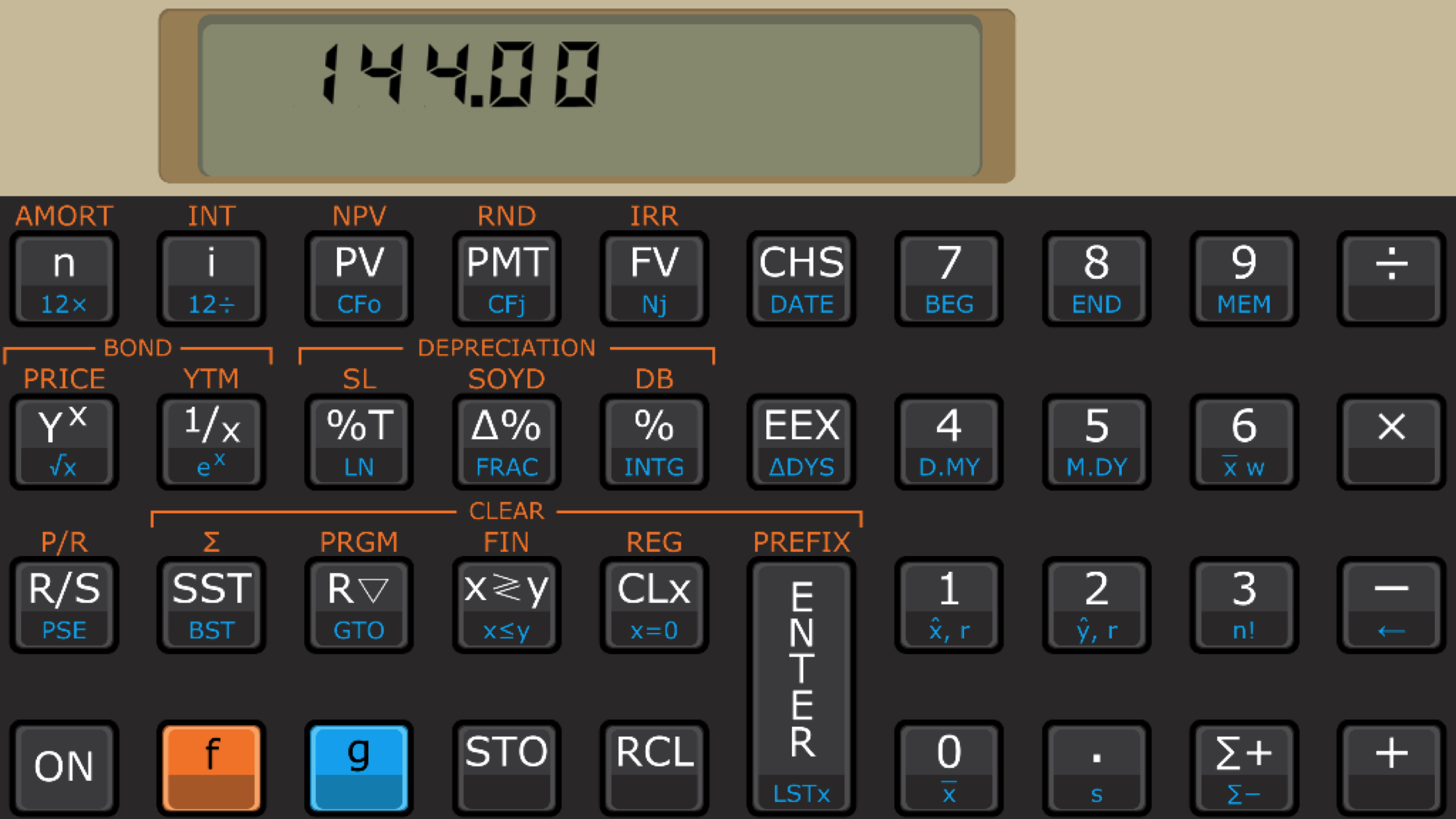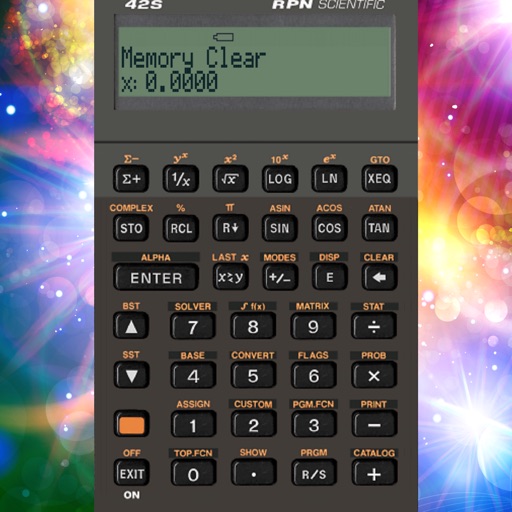

The marketing gurus said HP would never sell more than 10,000 units, total. It took the scientific and engineering world by storm. Even though HP’s marketing group didn’t think it would sell, Bill pushed the project forward and in 1972 HP released the HP-35. One of the company’s founders, Bill Hewlett, was watching the emerging calculator market and challenged his engineers to come up with a calculator designed specifically for scientists and engineers that would fit into his shirt pocket. Hewlett-Packard (HP) was a highly regarded electronic test equipment and computer manufacturer that had released some very successful desktop calculators and mini-computers in the late 60’s and early 70’s. In the early 1970’s a new player emerged onto the calculator scene. This calculator offered all the capabilities a financially and academically struggling student needed for most of his college career. By the time I started college in early 1975 I could pick up a feature rich Texas Instruments scientific calculator like the SR-50 for a little over $50. Faster and cheaper processors, better displays, better batteries, storage registers (i.e., memory), statistical functions, angular calculations, exponent calculations, continuous memory, programming, symbolic equations, alpha-numeric registers, unit conversions and a lot more. While desktop computers were still just pie-in-the-sky devices we saw on the weekly episodes of Star Trek, handheld calculators quickly started dropping in price while adding newer and more advanced features. All it did was add, subtract, multiply and divide (hence the ‘4-banger’ designation) and at $119 dollars (equivalent to $575 today) it was a significant investment, but the improvement in accuracy and speed of calculations made the investment worthwhile.įrom there things only got better.


Penneys and came home with a new device that fundamentally changed how he worked – a simple ‘4-banger’ Texas Instruments calculator, probably the TI-2500 ‘Datamath’ model. One day in the mid-1970’s he went out to the local J.C.

My father was (and still is!) a chemical engineer, and I remember watching him sit at the table after dinner grinding through stacks of engineering calculations with a slide rule and long calculation sheets. It’s hard for those who didn’t live through this time to understand just how big of an impact the handheld electronic calculator had on the scientific and engineering world, and this included the topographic sciences. All the data would then be sent to a USGS field office or headquarters where the specially trained ‘calculators’ would re-evaluate the data to provide a final approved result.Ībout 40 years ago there was a paradigm shift in the topographic field that was brought about by the introduction of (relatively) inexpensive handheld calculators. For example, in the US Geological Survey (USGS) the topographic or geodetic survey crews would collect the data in the field and do some initial accuracy checks just to make sure they hadn’t ‘busted’, or obviously exceeded the required accuracy for the type of survey the were conducting. There was a time not long ago that the accuracy of these calculations was so important that the job of ‘calculator’ was something that a young man or woman with good math skills could make a decent living at.
#Hp 41 rpn scientific calculator batteries full#
But just 60 years ago the same routine would take a competent topographer or mathematician hours to calculate by hand and would involve the use of special forms, books full of mathematical tables, slide rules and, if he or she was lucky, a hand cranked mechanical calculating machine that might be able to hold precision to a decimal place or two. A mouse click or two in a multi-threaded 64-bit desktop application launches a routine that returns a mathematical solution in seconds. Today all of the complex math involved in map making is easily and swiftly handled by computers. A competent topographer needed to be conversant in everything from plane geometry to matrix algebra to calculus. This means number crunching, lots and lots of number crunching. This all has to be figured out before the first line is drawn. Before those squiggly lines get drawn there first must be a determination of things like the geographic extent of the map, the scale, the coordinate system and projection and the precise location of key features on the map. Map making is far more than drawing squiggly lines on a sheet of paper. The topographic sciences are a math intensive endeavor.


 0 kommentar(er)
0 kommentar(er)
